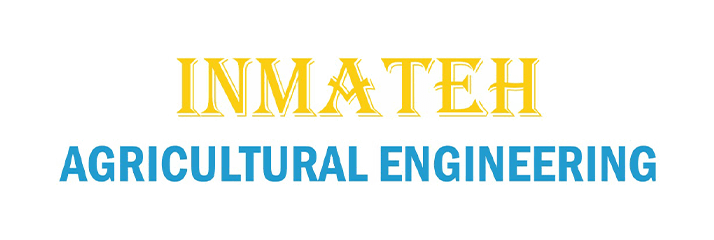DESIGN AND EXPERIMENTS OF A LAYERED FERTILIZER SHOVEL FOR MAIZE
玉米分层施肥铲设计与试验
DOI : https://doi.org/10.35633/inmateh-68-30
Authors
Abstract
A layered fertilizer shovel is designed to achieve double layer fertilization in response to the current problem of large fertilizer efficiency loss in one-time banding application. The key structural parameters of the layered shovel were designed and the working speed V, the distance L1 between the banding fertilizer discharging pipe and the point-applied fertilizer discharging device and the distance L2 between the fertilizer distribution plate and the point-applied fertilizer discharging device were determined as the main factors affecting the layered distance h. A quadratic regression model between factors and indicators was established by single-factor test and response surface analysis. With the layered distance h=10 cm as the optimization target, the predicted value of layered distance h is 10 cm when V, L1 and L2 are 2.7 km/h, 15.3 cm and 18.2 cm, respectively, and the simulation test is conducted to verify the combination of the parameters obtained from the optimization solution, and the simulated value of layered distance h is 9.9 cm, which is a small error compared with the predicted value. The field test was conducted under the optimal combination of parameters, and the results showed that the layered distance h was 9.1 cm at the working speed V of 2.7 km/h, and the relative error was 8.1% compared with the simulation value, which can be considered as a high reliability of the simulation test, and the simulation test can accurately simulate the distribution of fertilizer particles in the real environment in the field. When the working speed V is 1.8-5.4 km/h, the distribution range of layered distance h is 8.0-9.5 cm, which can meet the agronomic requirements of fertilizer layered application.
Abstract in Chinese





